This post has been brought to you by Cantine Ermes. All opinions expressed are my own. The following message is intended for those 21+. Please enjoy responsibly.
Today we’re reviewing Epicentro, the flagship bottle from Sicily’s Cantine Ermes.
We’ll start off by covering some of Sicily’s basics, such as the island’s wine producing history, the local climate, and what makes Sicily ‘tick’ in terms of wine. From there, we’ll dive into the real reason you’re all here – tasting and pairing.
The Where – Sicily
‘Terroir’ denotes the combination of a region’s soil, climate, and topography as judged by the area’s ability to produce wine. Generally, there three areas in the world that are considered without peer for their ability to produce not only ‘quality’ wine, but ‘lots’ of quality. Known collectively as the ‘Three Great Terroirs,’ these ares are, in order of prestige, value, and production quantity – France, Italy, and Spain.
You can certainly argue that Greece and California have equally ‘great’ or even ‘greater’ terroir than any of these three. You ‘can’ make that argument. You might even go further and contest that there’s nothing about Spain’s terroir that isn’t matched or surpassed by that of Argentina’s. However, the quality (as judged by global critical acclaim), quantity, history, and (king of all) consumer preference for the wines produced in France, Italy, and Spain are simply without peer. And there’s no indication that this is going to change any time soon, at least in the foreseeable future.
With that in mind, today’s bottles come to us from Sicily, which is Italy’s largest administrative region (being just a few hundred kilometers larger than Piedmont), as well as the largest island in the Mediterranean.
Dominating the center of the Mediterranean, Sicily has been an object of contention by rival regional powers almost since the dawn of recorded history. Greeks, Phoenicians, Romans (both as Imperial Romans and later as Eastern Romans or ‘Byzantines’), Goths, Arabs, medieval and Renaissance-era Italians, the Spanish, medieval Germans, various ‘Knightly Orders,’ and the French, have all at one time or another claimed Sicily as their own – directly, indirectly, via colonization, or a mix of the three.
To say that this has had an effect on the region’s viticulture would be putting it mildly. While Sicily has been producing wine since around 4000 BC, it was the Greeks who, via colonization, introduced advanced winemaking techniques to the island, and in turn to the rest of Italy. From Italy, via the Roman Empire, winemaking would be spread throughout the Mediterranean basin and the world.
However, the fall of the Roman Empire in the West would introduce nearly a millennium of tumult to the island. Various “Goths” would vie for control of the Italian peninsula, and in turn Sicily, and the Goths placed very little value on winemaking. Later on, Sicilian winemaking would take another hit under Arab domination via the Aghlabid Emirate of Ifriqiya, who, naturally, outlawed the sale of alcohol, reducing grape growing to a purely agricultural practice. Arab control of Sicily began in 827 AD and wouldn’t be fully thrown off until 902 AD.
From there, Sicily would spend the entirety of Middle Ages changing hands between various duchies, many backed by larger regional powers, culminating in the horrendously destructive Italian Wars. These were a series of Renaissance Era conflicts beginning in 1494, waged across Italy and Sicily, pitting France and the Ottoman Empire against the Spanish Empire and the Holy Roman Empire, with the Kingdom of England allying itself to either side at different stages of the conflict. Assorted Italian states fought on both sides. The conflicts, ultimately, resulted in Spain controlling much of Southern Italy, including Sicily, from 1554 onwards. Thereafter, Spanish control of Southern Italy and Sicily would continue into the 19th century, almost without interruption, until Sicily was finally ceded to the Bourbons in 1860.
Vineyards, naturally, were not immune to the devastation inflicted by these conflicts.
However, it was the Spanish crown’s domination of the island that would outlast the devastation inflicted by the Italian Wars. Due to the Spanish crown’s stubborn resistance to agricultural industrialization, Sicilian winemaking lagged behind their mainland counterparts. Meanwhile, following Spain’s lead, and due to regulations imposed by the crown, Sicilian farmers focused on bulk wine yields – a focus that continued even after Italy’s unification. During the first half of the 20th century, this focus on bulk wine morphed into the production of ‘top quality table wines.’
Similar to Spain, this focus on bulk yields, while profitable in the short term, came at the cost of developing local prestige, recognizable labels, and renowned vineyards. It wasn’t until the 1980s that this focus finally began to change, led primarily by a shift in consumer preference. However, as Sicily shifted away from bulk wine production towards a more qualitative focus, the island found itself playing a very odd game of catchup at the dawn of the 21st century, despite having what ought to have been literally thousands of years’ worth of a head start on the competition. For reference, only Greece, the home of European winemaking, boasts an older viticultural tradition than does Sicily, though Sicily is perhaps the only place on earth with better conditions for the art.
Today, Sicily produces what are arguably some of the most interesting wines in Italy – and by extension ‘the world.’
The island’s most widely grown grape is Nero d’Avola, a grape renowned for its depth of color, flavor, and intense aromatics. Spice, herbs, dark fruit, juicy acidity, and soft-to-medium tannins characterize the wines produced from this grape.
Sicily’s next most widely grown grape is Nerello Mascalese, thanks largely to critical acclaim that led to the grape amassing a dedicated and passionate consumer fanbase. The grape does best in the volcanic soils of Mount Etna, and often finds itself blended with Nerello Cappucio, whose spicy qualities beautifully complement Nerelleo Mascalese.
However, one cannot talk about Sicilian white wines without mentioning Grillo and Carricante. Grillo is a medium bodied, dry white wine that boasts decided peach and apricot notes, with wild flower and dew damp grass aromatics. Carricante is a dry, medium-bodied varietal, and is the primary grape featured in Mount Etna’s famed Etna Bianco wines, and is beloved for its zesty acidity.
The Bottles – A Showcase
Today we’re sampling Cantine Ermes’s Epicentro, a Nero D’Avola.
Aromatics and Tasting - The Review
The Epicentro introduces itself with plentiful dark fruit notes off the top of the glass. Think sliced plum and dark berries. Deeper into the glass, these fruit notes mature with addition of cinnamon and ripe strawberries. In the background, there’s something ‘wooden,’ something pleasantly reminiscent of either cedar or driftwood. On the palate, the wine is slightly spicier than one might expect, with the cinnamon from the bouquet carrying over with the addition of cloves and pepper, while the dark fruit notes materialize as berry jam or stewed plums.
With all of that said, this was a very bottle, one that I enjoyed from start to finish.
What to Eat – The Pairings
Think hardier entrees. Roasted lamb rubbed with a mix of garlic, oregano, salt, and pepper, and then served over a bed of orzo tossed with a spicy red sauce would pair beautifully. Steak marinated in herbs, garlic, red pepper, and vinegar, and then pan seared with rosemary, would also be delicious.
0
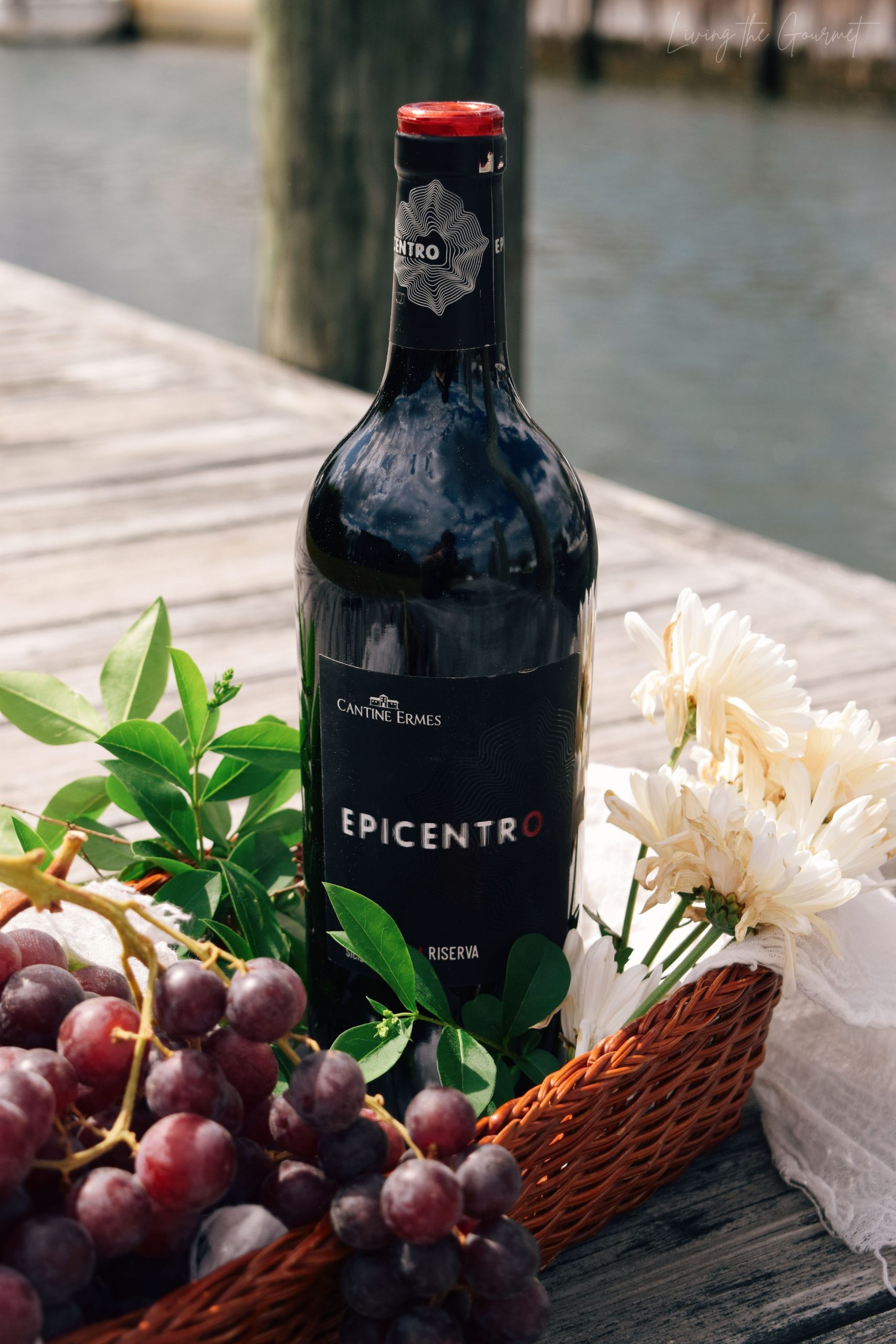
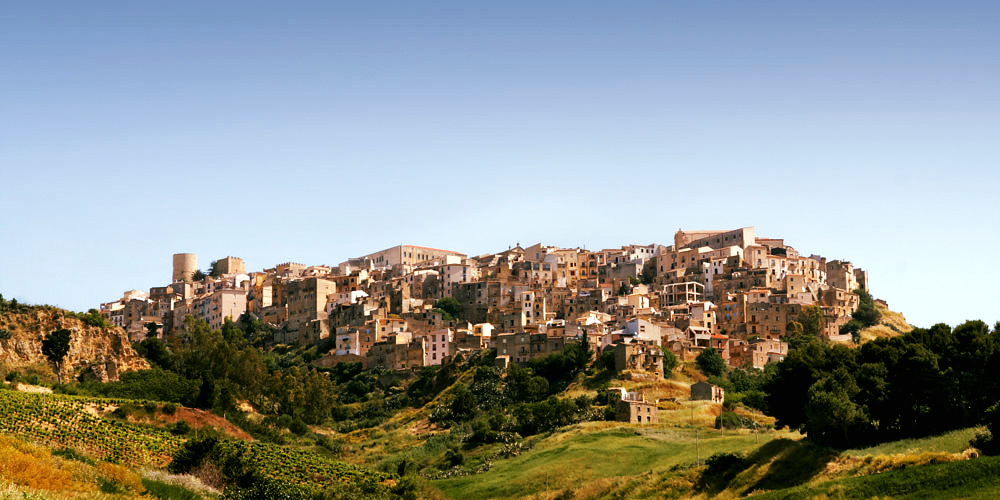
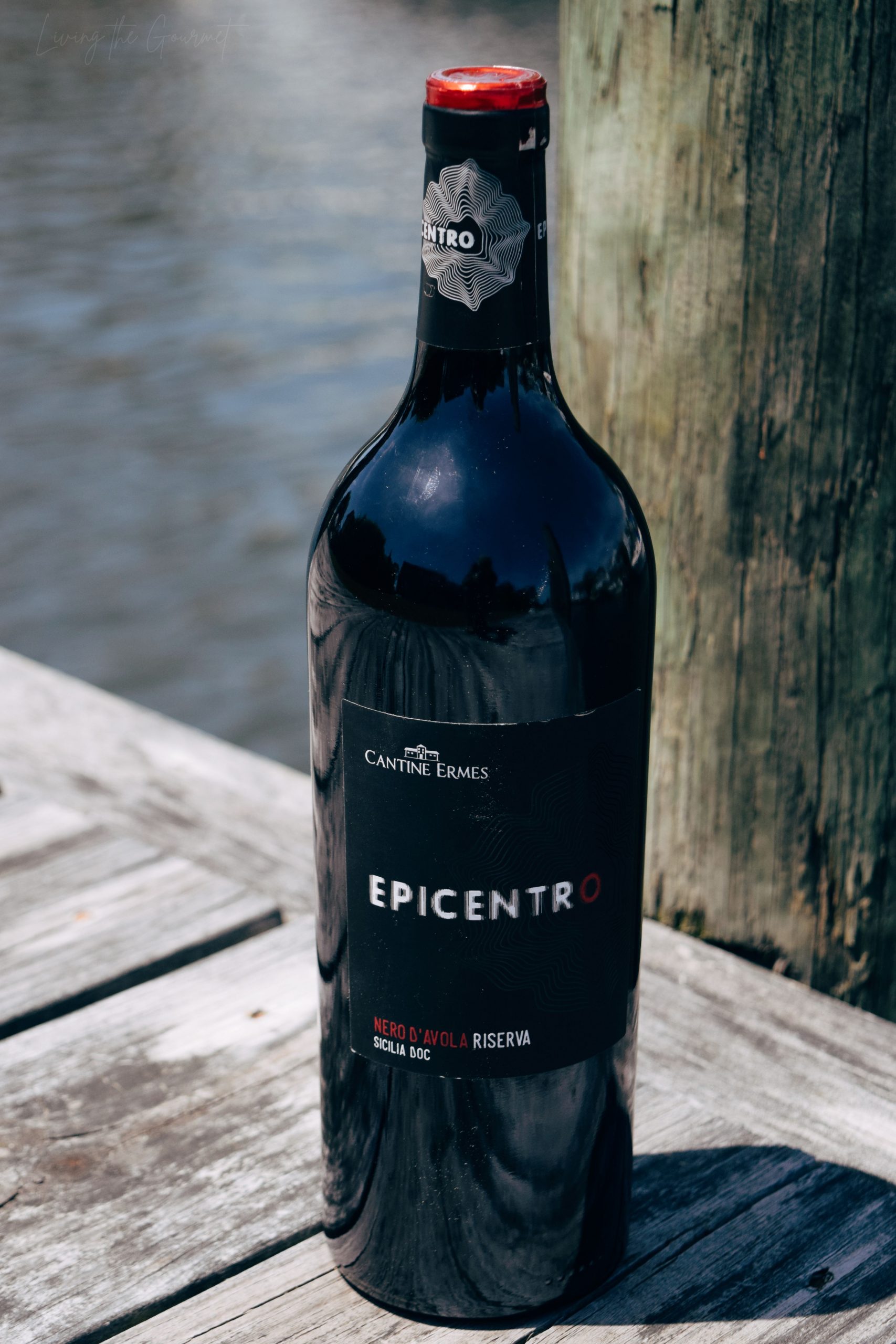
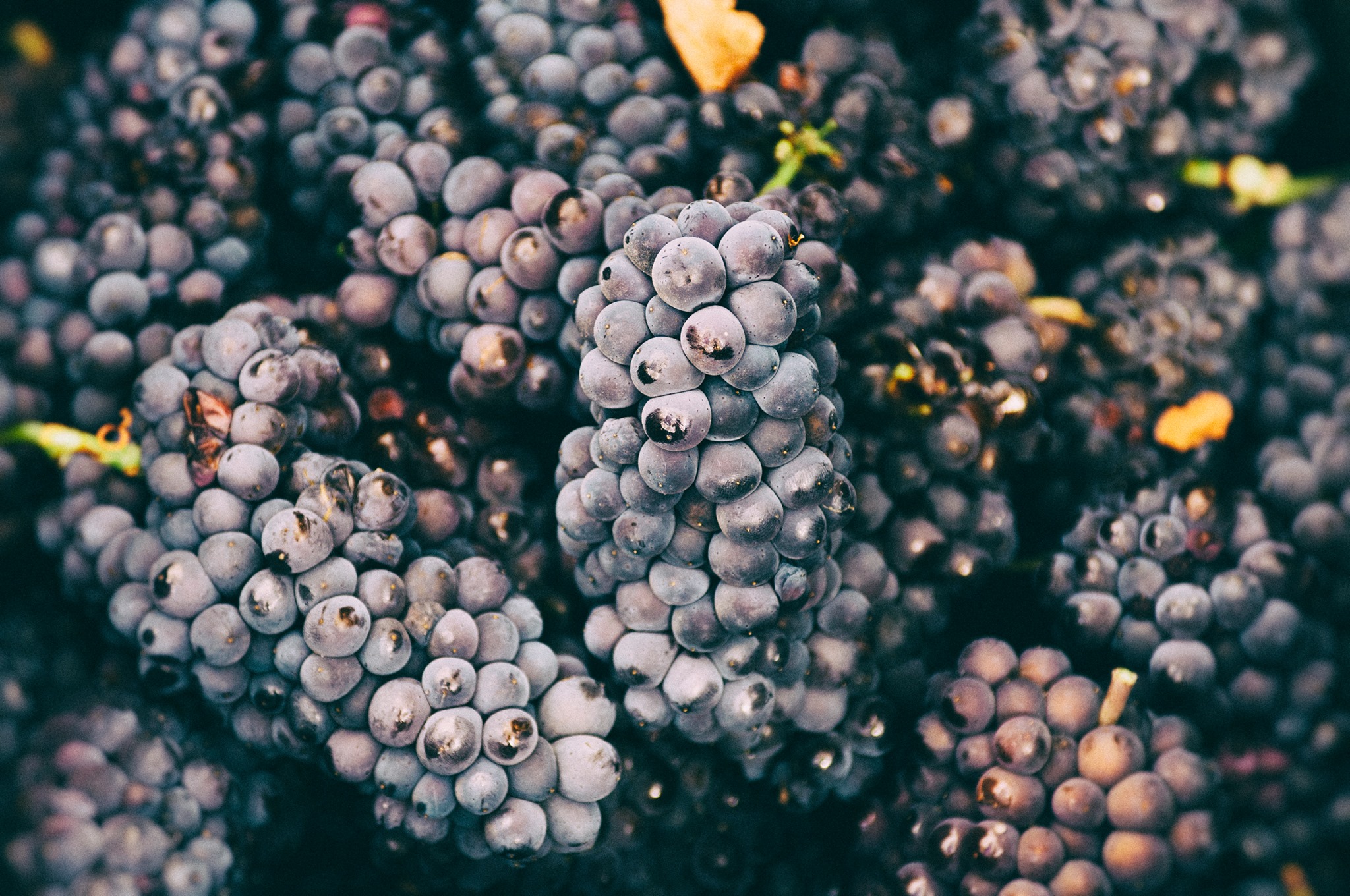

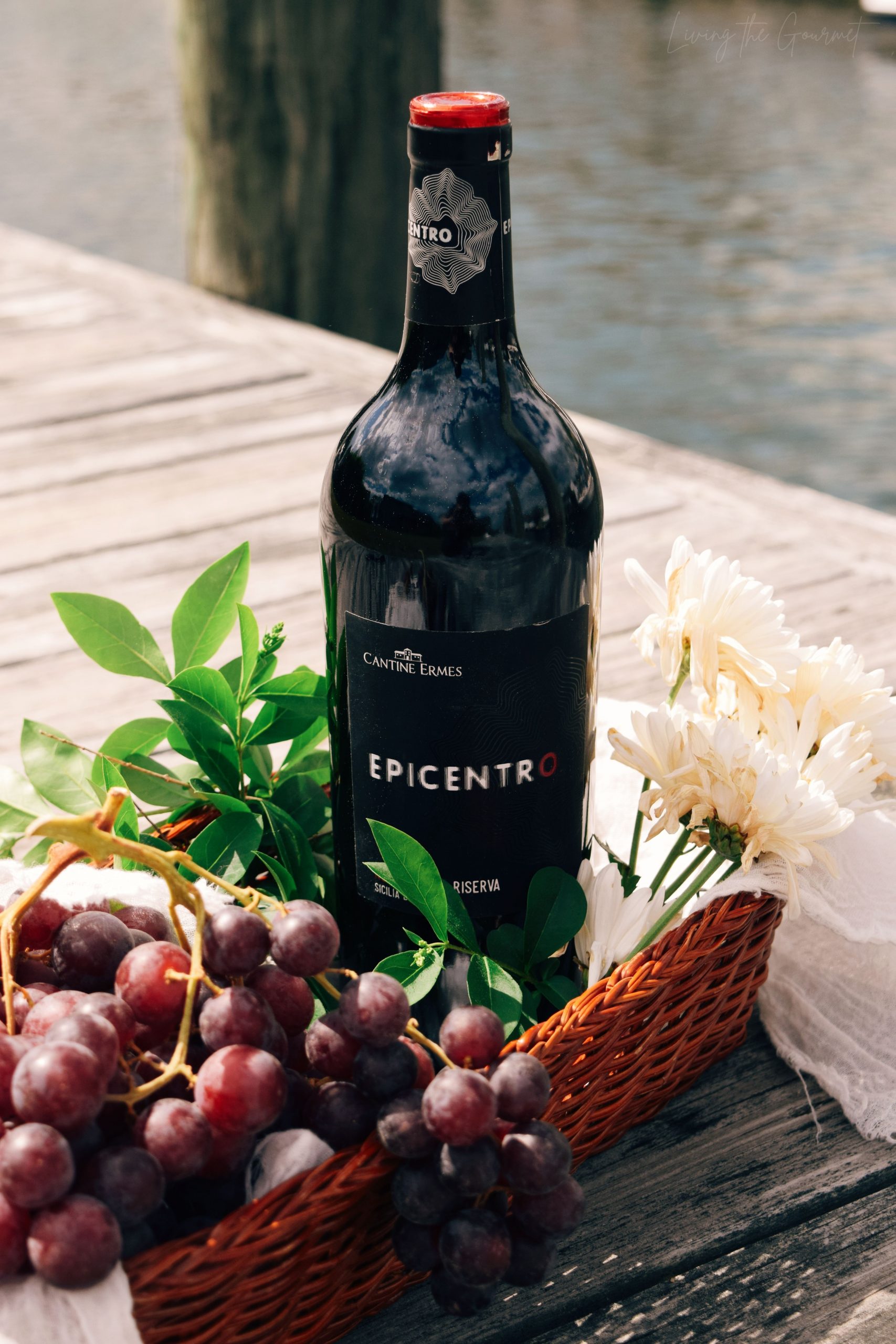
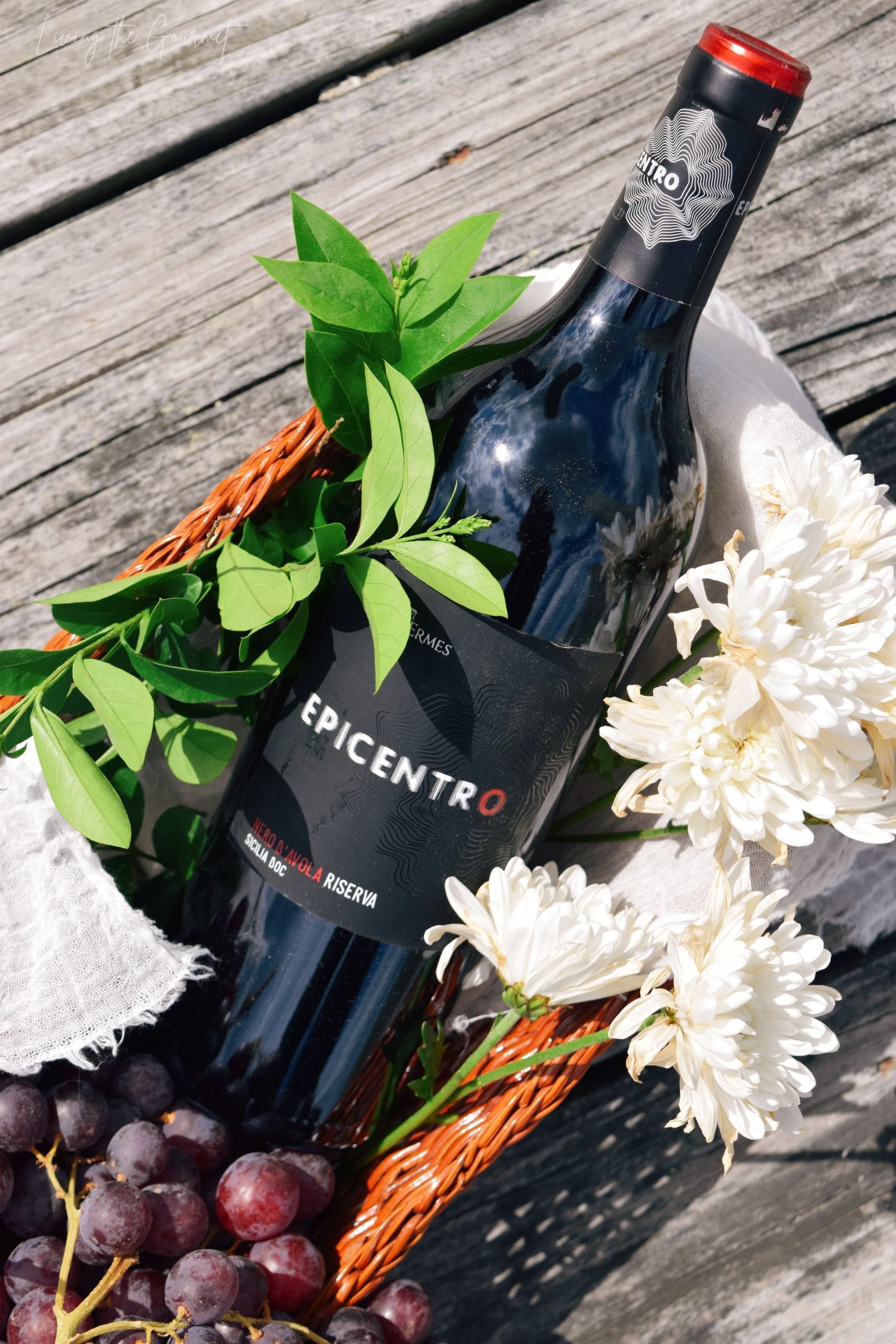
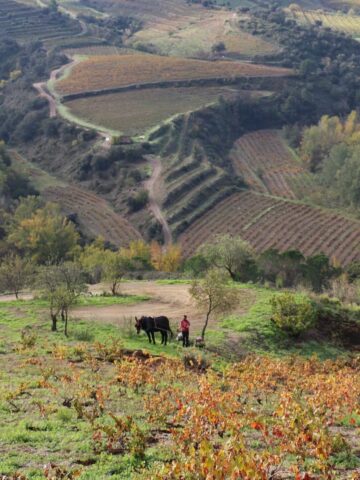
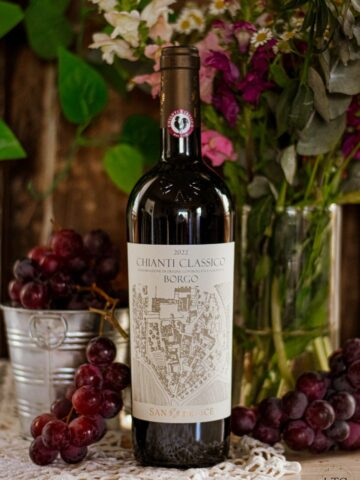
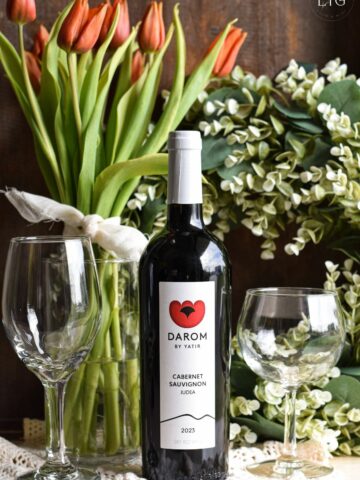
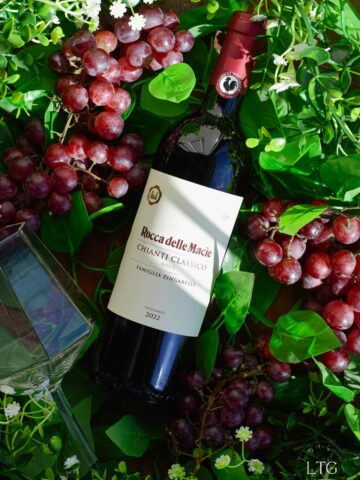
Josie says
I’m a wine drinker and love to try new wines! Definitely going to buy this. Thanks!!!
Kacie says
This looks like a really decent bottle of wine. I could just see me enjoying a glass of this over the UK Jubilee weekend!
Melanie Edjourian says
I do love the sound of this wine. The fruitiness makes it a good one to enjoy with food and on its own.
Jennifer Passmore says
Wow, this is quite a story about the wine! Something I will definitely have to look for.
Rhian Westbury says
My parents love a good red wine and this sounds like a lovely bottle. Lovely to hear a bit more about the history x
Yeah Lifestyle says
We love having roast lambs on Sundays as a family, so I can't wait to try Epicentro as we love trying new wines and not tried Sicily wine before.
Kira says
I’ve just been to a winery and it was amazing , definitely prefer a lovely red wine . This sounds delicious